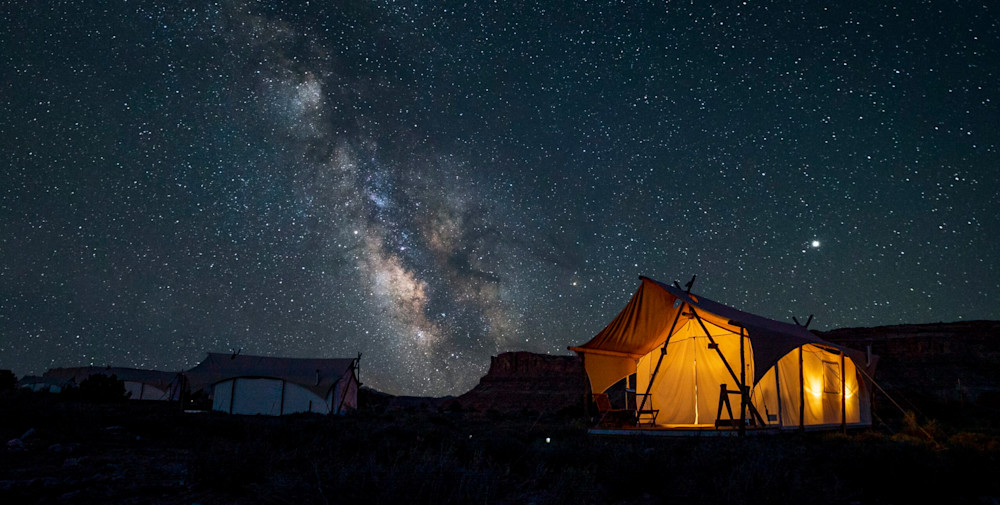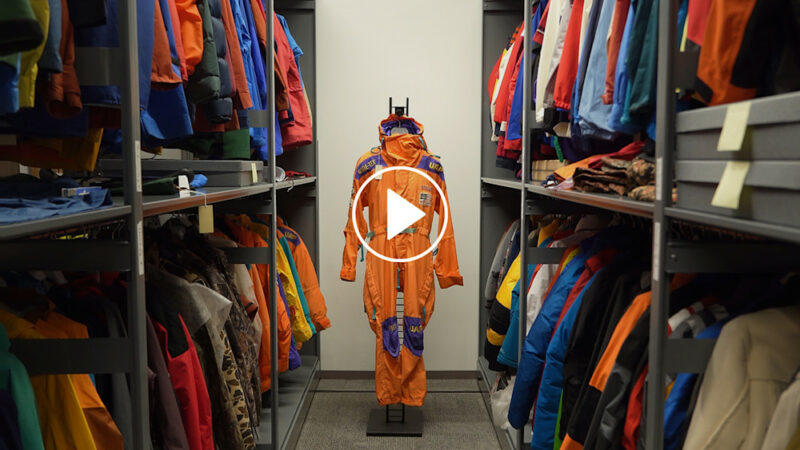Why Astrotourism Is One of 2025’s Top Travel Trends

Stargazing As Responsible Outdoor Travel
According to Dark Sky International, a nonprofit working to preserve dark night skies, “a staggering 99% of the world’s population now lives under night skies polluted to some degree by artificial light.” By doing research like this, the organization has rolled out criteria for a place to be certified as a Dark Sky Park or Lodge by following certain lighting and environmental guidelines. Thanks to that, many locations have taken up the mantle of night sky conservationists to champion the cause, raise awareness, and welcome visitors with respect to the environment and local culture—re: responsible tourism.
These designated Dark Sky Parks minimize artificial light making it easier for stars, planets and celestial phenomena like asteroids and meteor showers to come into clear view. Conserving dark sky places is beneficial to nocturnal animals whose feeding, mating, and migration are altered in the absence of true darkness. As it turns out, we’re not too different given our wake-sleep patterns and wellbeing are also synced to light-dark cycles, making dark skies beneficial for ecological and human health.
Fortunately, the farther you go from city and suburban skyglow the better the view, which means many outdoor destinations are already perfectly positioned to be astrotourism destinations. And since Polaris, our current North Star, only has 12,000 more years until earth’s axis points its northern pole at Vega, you might as well see it while you can, right?
Here are some of the U.S.’ best certified Dark Sky Places where you can go see the cosmos.
5 Best Dark Sky Zones for Stargazing in the U.S.
Source: https://www.fieldmag.com/articles/what-is-astrotourism-travel-trend-explained






